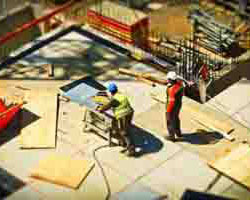Find the Right Safety Shoes for The Jobs in Your Workplace
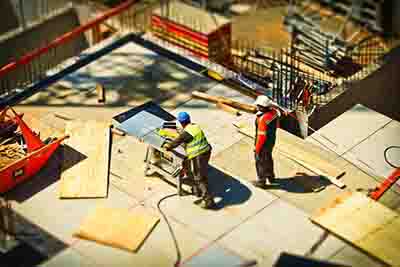 Safety Shoes are Important
Safety Shoes are Important
Shoes may not seem as critical to workplace safety as protective eyewear or gloves, but footwear provides many benefits. If anyone in your workplace doubts the value of investing in footwear, offer him or her some of the ways safety shoes can keep workers safe.
Select Right Safety Shoes
To find the right foot protection for the jobs in your workplace, you’ll need to do a hazard assessment and determine what kinds of risks—such as slipping and falling or sharp objects—pose a threat to your employees’ feet. Then select shoes or boots that offer the right protection.There are many kinds of shoes that can make work safer.However, not just steel toe boots. Other types of boots and shoes can provide traction, arch support and other safety benefits.
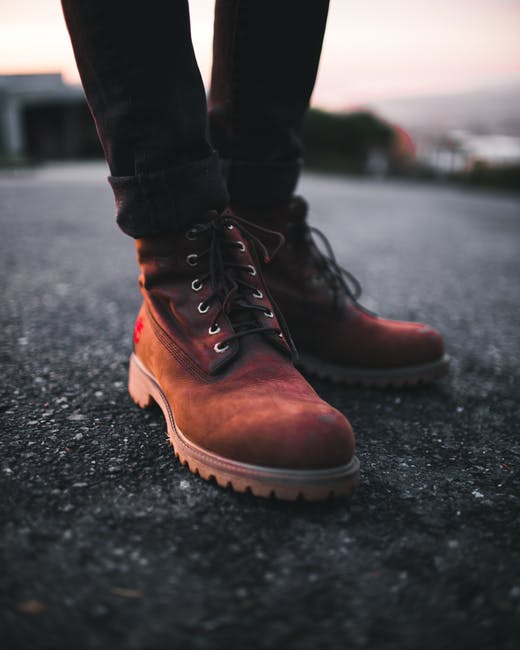 What Function Does Safety Shoes Have ?
What Function Does Safety Shoes Have ?
Wearing safety shoes or boots can help prevent many foot injuries in the following ways.
Safety Shoes Can Protect From Falling & Flying Objects
When workers carry heavy materials or work in dynamic environments where many people, machines and vehicles are operating at once, falling and flying objects are common hazards. Protective shoes like steel toe boots can effectively prevent crushing injuries to the feet.
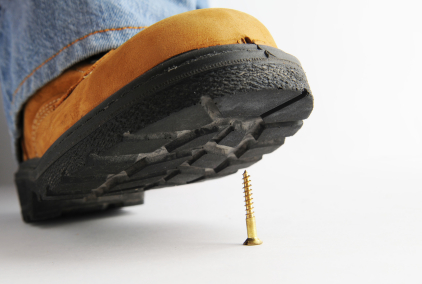 Puncture Resistance
Puncture Resistance
When workers could step on sharp objects or be struck by sharp objects from above, shoes with heavy-duty soles and thick materials surrounding the foot offer the best protection. At construction worksites, for example, many sharp objects could be in someone’s path. A soft-soled shoe might not provide enough protection.
Cutting Resistance
Machinery that is sharp or contains moving parts can pose cutting hazards. Workers in the logging industry, for example, face dangers from chainsaws. If a chainsaw were to come in contact with someone’s foot, the result could be catastrophic. Logging boots—which are required by OSHA under standard 29 CFR 1910.266(d)(1)(v)—made with cut-resistant material will protect those workers who use chainsaws. These boots are also waterproof or water repellant and support the ankles.
Protect From Electrical Hazards
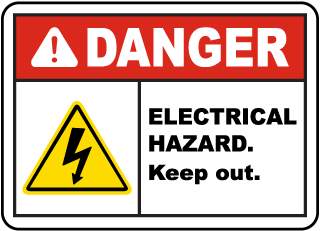 Electricity poses a variety of risks in the workplace. Workers could face potential electric shocks or accumulate static electricity, which can lead to electric sparks in certain environments.
Electricity poses a variety of risks in the workplace. Workers could face potential electric shocks or accumulate static electricity, which can lead to electric sparks in certain environments.
To reduce the chances of an electrical accident, non-conductive footwear made from leather, rubber or other materials that don’t conduct electricity can be worn. In locations where the build-up of static on the body poses a hazard, anti-static or conductive footwear can be used. These options reduce the amount of static that accumulates on the body, preventing static electric sparks.
Prevent Slips Trips & Falls
Slips, trips and falls can happen in any workplace and result in many accidents annually. Shoes with appropriate traction can help prevent falls on the same level in slippery environments. They can also prevent falls from ladders, which are all too common when people don’t wear shoes with proper treads.
Prevent Fatigue
For workers who stand all day, especially on hard surfaces like concrete, fatigue can be a real problem. Muscles in the feet as well as the legs, back and other parts of the body grow tired, and the situation can be worsened when employees don’t wear appropriate footwear. Shoes that provide adequate cushioning and arch support can make people more comfortable, which alleviates strain on muscles. This means employees will grow fatigued less quickly. Employees who are less fatigued will be more alert, so they will likely do their jobs more safely and more efficiently.
Prevent Burns
Burns from fire can happen in the workplace, but so can burns from chemicals and even from common workplace materials like cement. Footwear made from durable materials can prevent burns from chemicals splashes, molten metal splashes and other dangerous substances that could injure the skin on the feet.
Protect From Extreme Weather
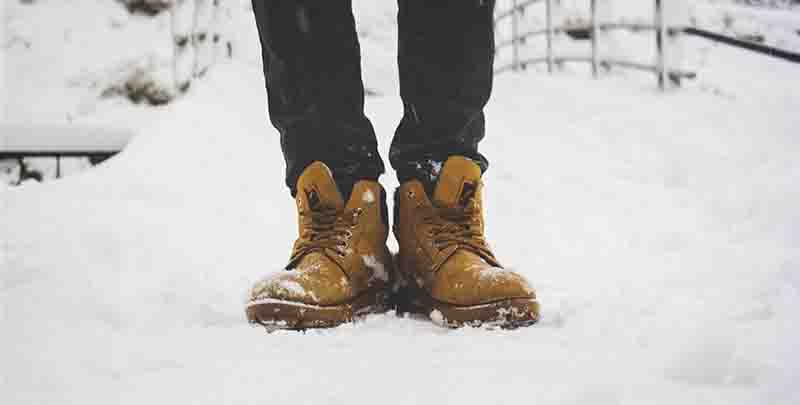 We all know that cold weather can lead to injuries such as frost bite and hypothermia, and those dangers shouldn’t be overlooked in the workplace. People who work outside in the winter are at risk, as well as employees who work in wet or refrigerated environments.
We all know that cold weather can lead to injuries such as frost bite and hypothermia, and those dangers shouldn’t be overlooked in the workplace. People who work outside in the winter are at risk, as well as employees who work in wet or refrigerated environments.
One thing important is not all footwear is waterproof or insulated to provide protection against the cold, rain and snow, so be sure to select shoe options that are made from appropriate materials.

